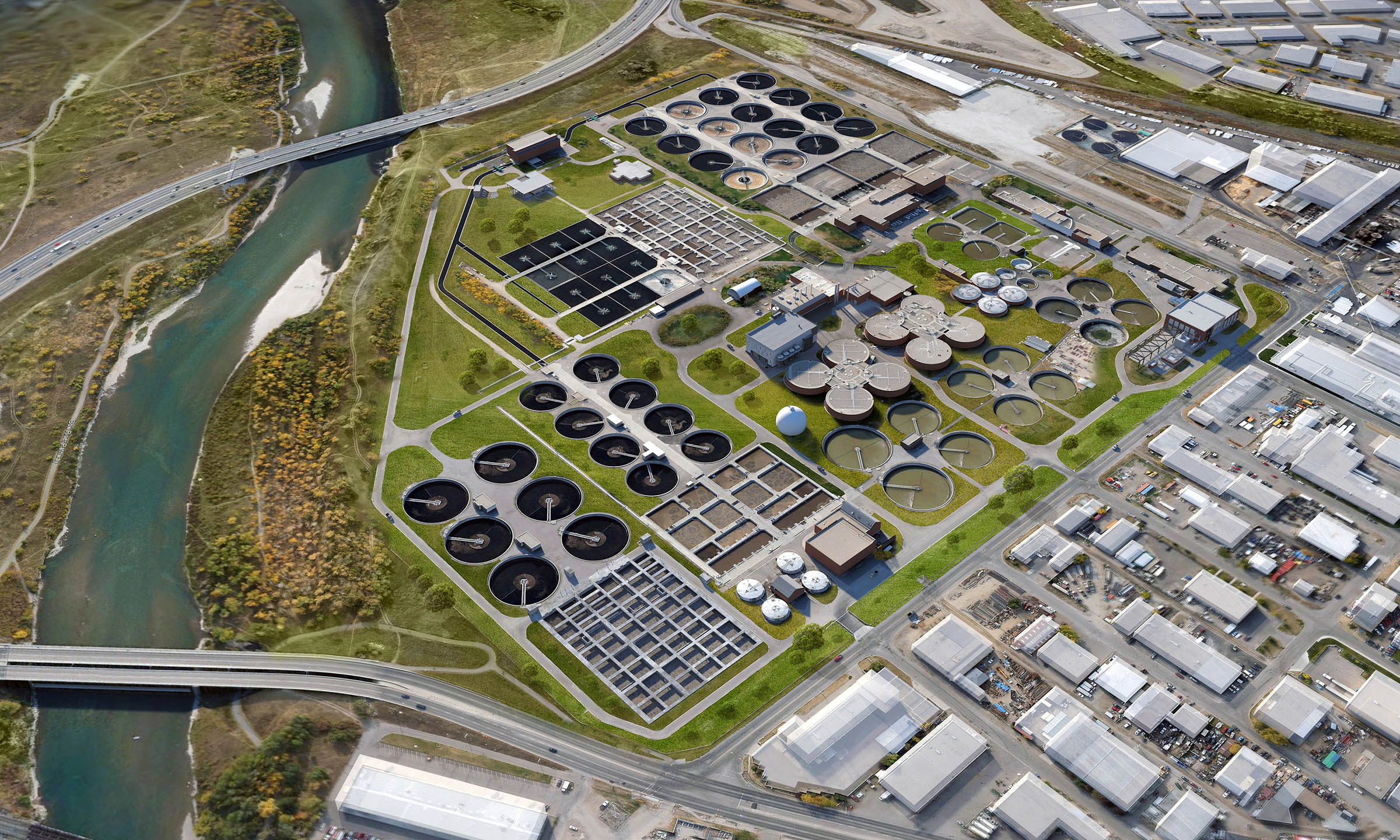Trick Obstacles in Urban Waste Water Treatment Methods
Trick Obstacles in Urban Waste Water Treatment Methods
Blog Article
Strategic Approaches to Improve Waste Water Therapy Efficiency and Lessen Environmental Effect
In the world of waste water therapy, the mission for enhanced efficiency and lowered environmental impact is a continuous difficulty that demands strategic remedies. The combination of sophisticated treatment modern technologies, energy-efficient procedures, resource recuperation techniques, enhanced nutrient elimination methods, and smart surveillance and control systems stands for a diverse framework for addressing these pressing issues.
Advanced Therapy Technologies
Sophisticated membrane layer filtration systems have transformed sophisticated wastewater therapy procedures, dramatically boosting the elimination of impurities. This modern technology has actually proven to be very efficient in removing a broad variety of pollutants, consisting of drugs, hefty steels, and organic compounds, which are typically testing to remove via standard therapy methods.
Moreover, membrane layer filtering systems provide various advantages over conventional treatment approaches. Furthermore, these systems are very flexible and can be conveniently incorporated into existing treatment plants or utilized as standalone systems for decentralized applications.
Energy-Efficient Processes
The assimilation of energy-efficient processes in wastewater therapy systems is essential for optimizing source usage and reducing functional costs. By applying energy-efficient technologies, therapy plants can substantially decrease their carbon footprint and total environmental effect. One key technique to enhancing energy performance in wastewater treatment is the application of sophisticated oygenation systems, such as fine bubble diffusers or surface area aerators, which can enhance oxygen transfer performance and minimize energy intake. In addition, integrating power recuperation systems, like anaerobic digestion for biogas manufacturing or utilizing excess warm for thermal procedures, can aid offset energy needs and advertise sustainability.
Moreover, maximizing procedure control and automation via making use of advanced sensors and keeping track of systems can improve general power performance by readjusting procedures in real-time based upon real demand and conditions. Carrying out energy audits and on a regular basis checking power efficiency signs are vital methods to determine areas for improvement and track energy-saving initiatives efficiently. In general, the adoption of energy-efficient processes in wastewater treatment not just profits the atmosphere however likewise contributes to long-term cost financial savings and operational sustainability.
Source Recuperation Approaches
With an emphasis on maximizing source use and sustainability in wastewater therapy systems, the execution of source recuperation approaches becomes a critical aspect in improving functional effectiveness. Source healing techniques in wastewater treatment entail the identification and extraction of beneficial resources from the waste stream, thereby transforming what was when considered waste right into a useful asset. By applying source recovery strategies such as nutrient removal and recovery, power generation from raw material, and the production of reusable water, wastewater therapy plants can lessen environmental impact while making best use of performance.

Enhanced Nutrient Elimination Strategies
Applying advanced nutrient removal methods is vital for maximizing the performance of wastewater treatment systems. One of the vital strategies made use of for boosted nutrient removal is the procedure of organic nutrient elimination (BNR), which entails the elimination of nitrogen and phosphorus with organic procedures.

In addition to BNR, advanced treatment methods such as membrane layer bioreactors (MBRs) and constructed marshes can additionally be employed to improve nutrient elimination efficiency. MBRs use membrane layers to attain top notch effluent standards by successfully eliminating nutrients and put on hold solids. Constructed wetlands link mimic all-natural wetland procedures to eliminate nutrients via plant uptake, microbial task, and sedimentation. By integrating these advanced nutrient removal techniques into wastewater therapy systems, markets and districts can efficiently lower nutrient pollution and secure the setting.
Smart Tracking and Control Systems
Utilizing cutting-edge technology, the integration of smart monitoring and control systems transforms the operational efficiency of wastewater treatment facilities. These systems integrate advanced sensors and data analytics to constantly keep an eye on crucial specifications such as pH levels, turbidity, dissolved oxygen, and flow prices in real-time. By gathering and evaluating this data, operators can gain important insights right into the performance of the treatment procedures, allowing aggressive modifications to optimize treatment performance.
Smart tracking and control systems also sustain remote monitoring capacities, allowing drivers to access real-time information and control functions from off-site areas. This remote access enhances functional versatility and responsiveness, enabling speedy interventions in instance of system malfunctions or variations in influent high quality. In addition, the anticipating maintenance capacities of these systems assist stop equipment failures and reduce downtime, eventually improving the general reliability of wastewater therapy operations (Waste Water Treatment).
Final Thought
In verdict, tactical strategies such as sophisticated therapy technologies, energy-efficient procedures, resource recuperation strategies, improved nutrient elimination strategies, and smart tracking and control systems play an essential function in improving wastewater therapy performance and decreasing environmental impact. By applying these techniques, wastewater treatment plants can boost their overall performance, reduce power consumption, recoup important sources, and ensure compliance with environmental regulations. These methods are essential for efficient and lasting wastewater monitoring techniques.

In conclusion, calculated techniques such as advanced therapy innovations, energy-efficient procedures, source healing approaches, improved nutrient elimination techniques, and wise monitoring and control systems play a crucial function in boosting wastewater directory treatment performance and minimizing ecological impact.
Report this page